Continued from page 1
Lighting Improvements
While we have already mentioned the visual benefits of a physically-based sun and sky model, Twinmotion 2020 has additional lighting feature improvements. One small but important one is the automatic exposure adjustments to areas of shade and intense brightness.
Shady areas now have more light enabling greater visual detail from both ground and vegetation in these darker areas in a scene. Meanwhile, over-exposure of sun-drenched lighter areas of the scene is also implemented. Both contribute to more realistic higher-quality renders.
You can also manually adjust exposure and white-balance levels in the Camera tool settings. Another lighting feature is the new volumetric lighting effects, visible with smog settings and specific light types.
There are also lens flares when combined with the depth of field (DoF) improvements, provide cinematic qualities found in much more expensive and more difficult to learn rendering programs.
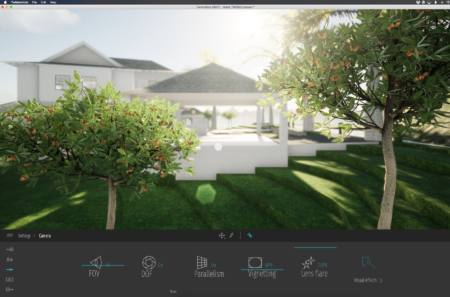
Lens flares provide stunning cinematic visual qualities, particularly when combined with DoF effects.
Area lights are another new feature in Twinmotion 2020. Another type of light “type” you can provide even light to a specific dimensional area and provide the length and width dimensions along with other settings like attenuation, shadows, et cetera.

The area light tool in this image showing faint outlines of the width and length dimensions of the area light.
Another lighting feature is a light-emitting glow material that you can apply to an object. This instantly turns that into a light source but it only works when the object is in the camera’s view. You can’t use it off-scene and expect its light to come pouring into the visual scene.
next page: People, BIM, and Recommendations

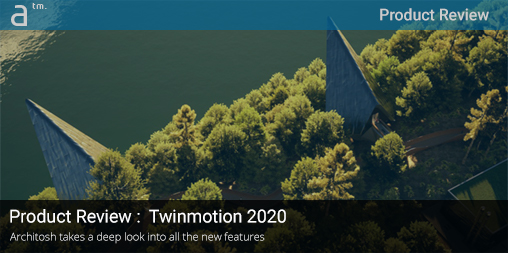
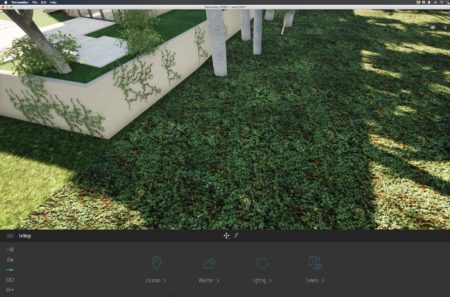
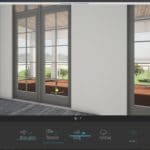
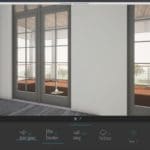
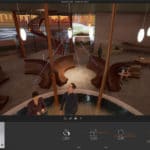


Reader Comments
Comments for this story are closed